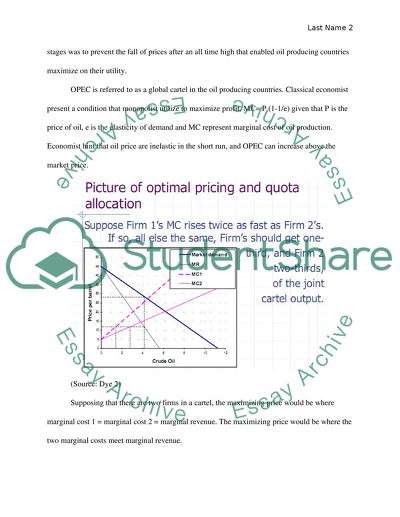Cite this document
(“OPEC from a Game Theory perspective Term Paper Example | Topics and Well Written Essays - 2250 words”, n.d.)
Retrieved de https://studentshare.org/macro-microeconomics/1493916-opec-from-a-game-theory-perspective
Retrieved de https://studentshare.org/macro-microeconomics/1493916-opec-from-a-game-theory-perspective
(OPEC from a Game Theory Perspective Term Paper Example | Topics and Well Written Essays - 2250 Words)
https://studentshare.org/macro-microeconomics/1493916-opec-from-a-game-theory-perspective.
https://studentshare.org/macro-microeconomics/1493916-opec-from-a-game-theory-perspective.
“OPEC from a Game Theory Perspective Term Paper Example | Topics and Well Written Essays - 2250 Words”, n.d. https://studentshare.org/macro-microeconomics/1493916-opec-from-a-game-theory-perspective.


